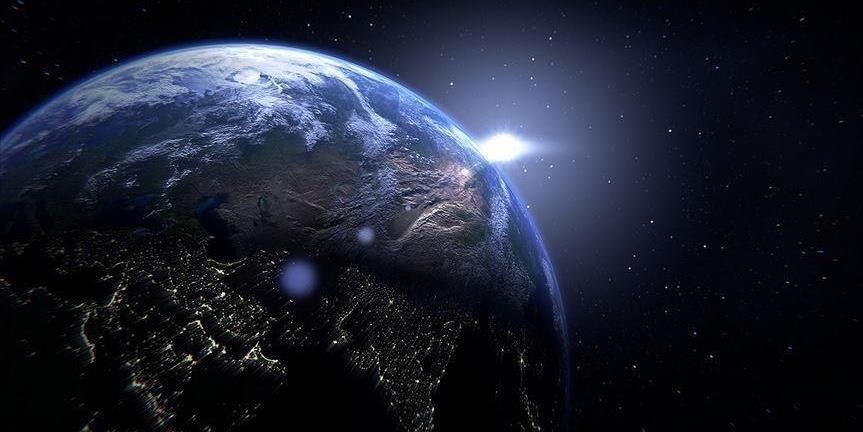Perhaps an interstellar UFO crashed into the Earth. A research team is now planning to collect his remains, which are likely to be on the ocean floor. It is not yet known whether the organism is of natural or synthetic origin Science alert in his article.
In 2014, an object fell into the ocean off the coast of Papua New Guinea. Data collected at that time indicated that the meteorite could be an interstellar object, and if this is true, it would be only the third known object (after Oumuamua and Borisov); The first thing known to exist on Earth.
The interstellar object, named CNEOS 2014-01-08, is believed to be about half a meter wide, and its possible interstellar origin was first identified by then-graduate student Amir Siraj and Harvard professor Avi Loeb.
Based on catalog data about the object’s orbit, Siraj and Loeb concluded that it may have originated from outside the solar system due to its unusually high heliocentric velocity.
In other words, it was moving at such a speed that it could not have come from within the Sun’s gravity very well.

However, there is a catch. The data used to measure an object’s impact on Earth came from a US Department of Defense spy satellite designed to monitor military activity on Earth. Therefore, the exact error values of the measurement are a closely guarded secret. The US military warns against allowing the precise capabilities of its satellites to become public knowledge. Without knowing the details, most of the scientific community is still understandably unwilling to officially classify CNEOS 2014-01-08 as an interstellar object. The Siraj and Loeb study therefore remains unpublished at the moment, as it has not yet been subject to peer review.
The researchers’ findings were confirmed in April 2022, when Joel Moser, chief scientist of the US Space Force, reviewed the classified data in question and confirmed that the velocity estimate reported by NASA was accurate enough to indicate interstellar orbit.
Although the official scientific classification of CNEOS 2014-01-08 is still up in the air, the statement from the US Space Force was enough for Siraj and Loeb to convince the interstellar object’s origin and formulate proposals for research and study.
Upon entering Earth’s atmosphere, most of the meteorite would likely have burned out, leaving behind only fragments scattered deep into the ocean. Fortunately, all is not lost, as satellite tracking data combined with wind and ocean flow data provide a reasonable search area of just 10 km x 10 km. More importantly, the fragments are expected to be magnetic, so it is likely that a large magnetic pull ship will pick up small meteorites from the ocean floor. That’s exactly what Siraj and Loeb plan to do, and they’ve partnered with an ocean technology consulting firm to make it happen.
It is not yet known whether CNEOS 2014-01-08 is a natural or synthetic organism. Obviously, the former is more likely, but even in this case it would be worth looking for it, as it can reveal a lot about the composition of rocky materials outside the solar system.






